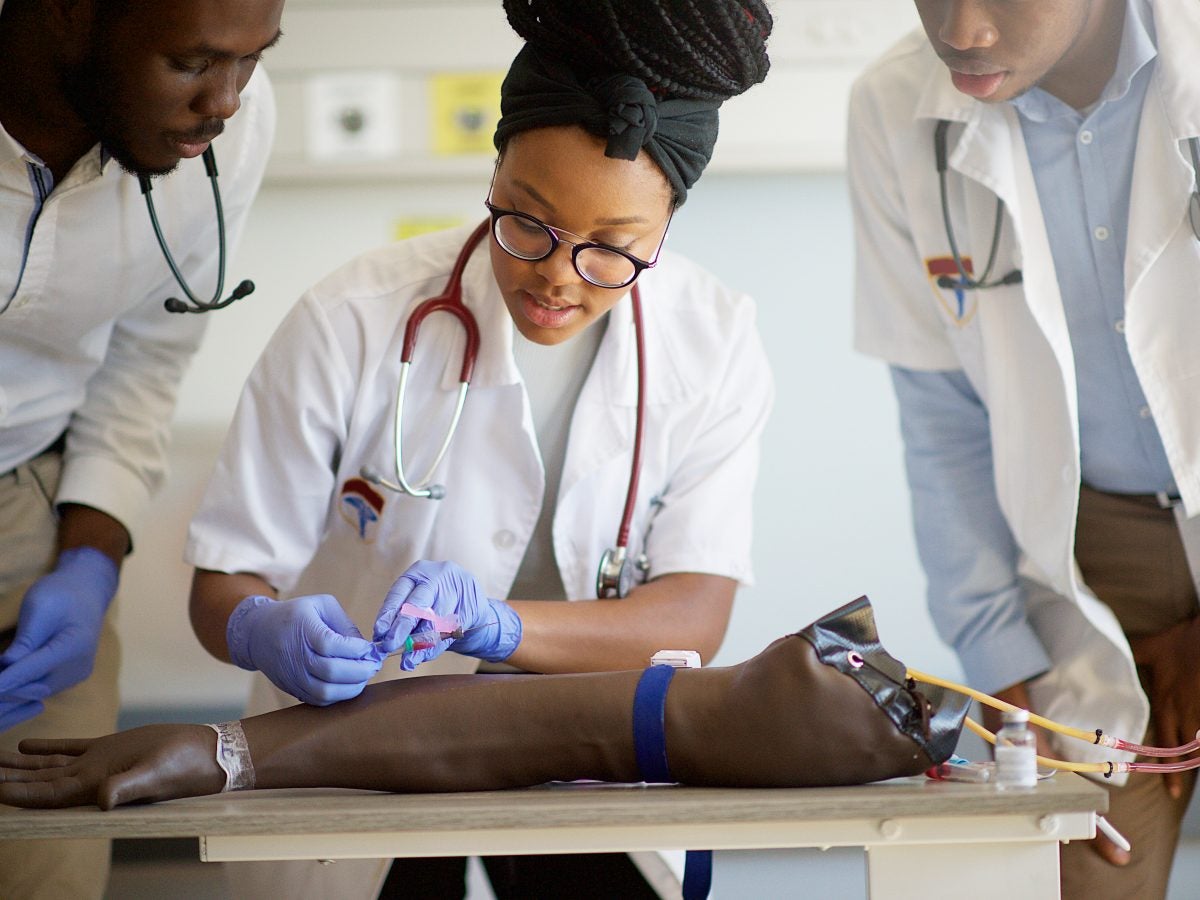
In the wake of a global pandemic that has disproportionately impacted African American communities, “medical schools across the country are reporting a record increase in first-year Black students.”
Breaking down the numbers in comparison to 2020, Black or African American students in their first year increased by 21 percent, and when looking at the data for Black male first-year students, their numbers increased almost the same amount by 20.8 percent.
Normal Poll-Hunter, who leads “workforce diversity efforts at the Association of American Medical Colleges” (AAMC) says, “We have never seen such a[n] increase within a short amount of time.”
David J. Skorton, MD, President and CEO of the AAMC said, “It is gratifying to see this growth in the diversity and number of students interested in a career in medicine, particularly during such a unique time in history as a result of the global pandemic and the growing recognition of the effects of health disparities in our country…For nearly two years, Americans have watched the heroism and dedication of physicians on the front lines. As the nation faces a real and significant projected shortage of physicians, I am inspired by how many individuals want to follow in the footsteps of those before them to serve their communities.”
Several factors are believed to be powering this phenomenon in addition to COVID-19, including the current social justice climate, in addition to “changes that ease fees and eliminate travel costs associated with applying” to medical school. According to Poll-Hunter, “medical schools were already aware of these barriers.” Multicultural Affairs and Global Health Dean at Tufts, Joyce Sackey said, “We’ve been working hard at this…Medical schools are like the Titanic…It’s very difficult to move policies and processes, to be honest. But we are a medical school that has declared that we want to work towards becoming an anti-racist institution.”
Still, one key obstacle for many people of color interested in the medical profession is the large cost one incurs to attend medical school—“on average graduates finish more than $240,000 in debt,” which is akin to a quarter of a million dollars. The high price tag more than likely “discourage[s] many would-be doctors from even applying.”
The Dean of Admissions at East Carolina University Medical School, Dr. Cedric Bright said, “We perpetuate that issue because we give scholarships for merit and not scholarships for need…We’ve got to find ways to decrease the cost of medical school.”
Currently, “only 5 percent of the country’s doctors are Black,” which is such a clear disparity, especially considering research clearly demonstrates that “across all races, patients are more likely to report satisfaction with their care when their doctors look like them.” As Poll-Hunter said, “When Black physicians, male physicians are working with Black male patients, we see better outcomes in preventative care or on cardiac care…We’ve also seen that in terms of infant mortality, as well.”